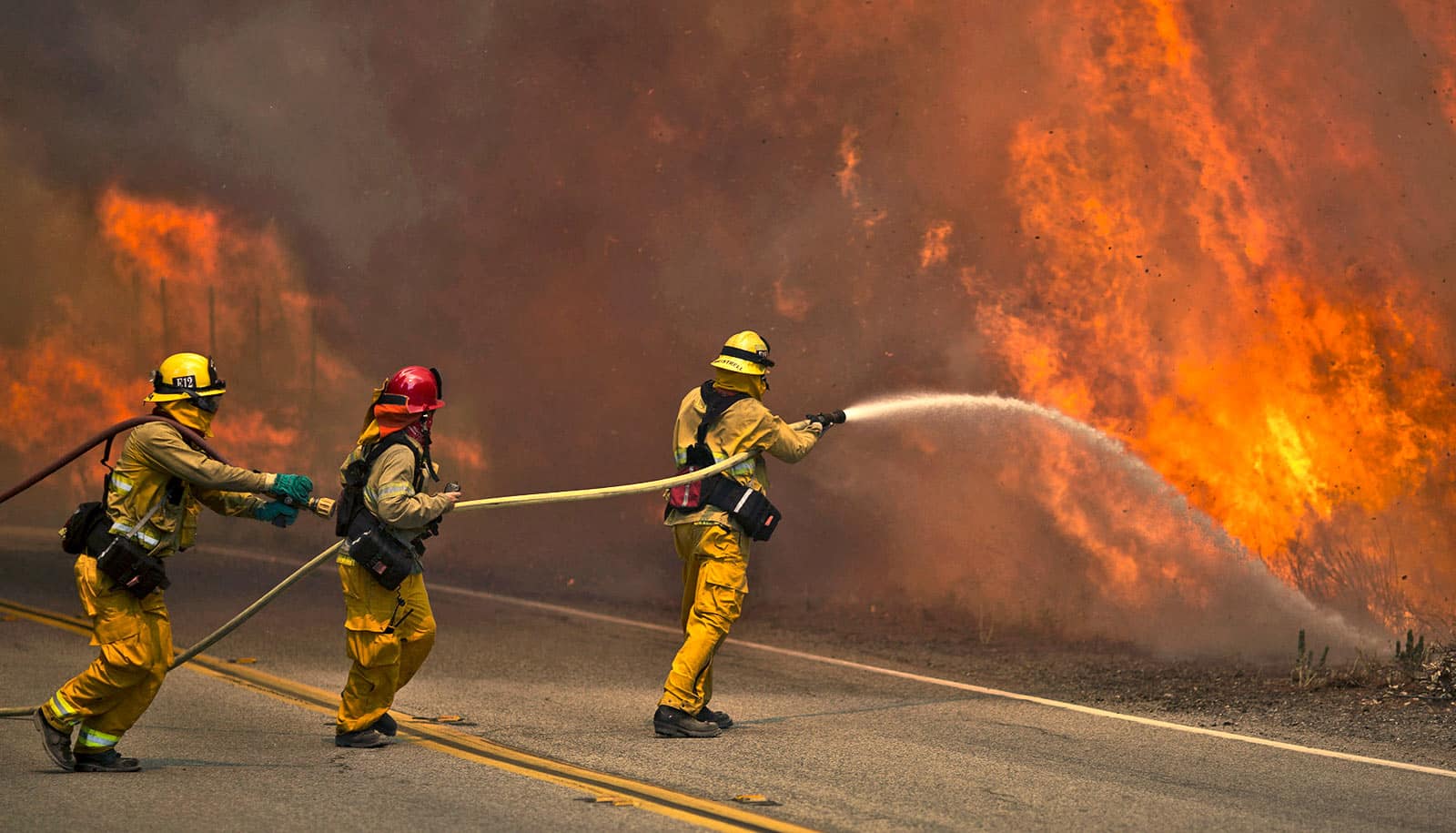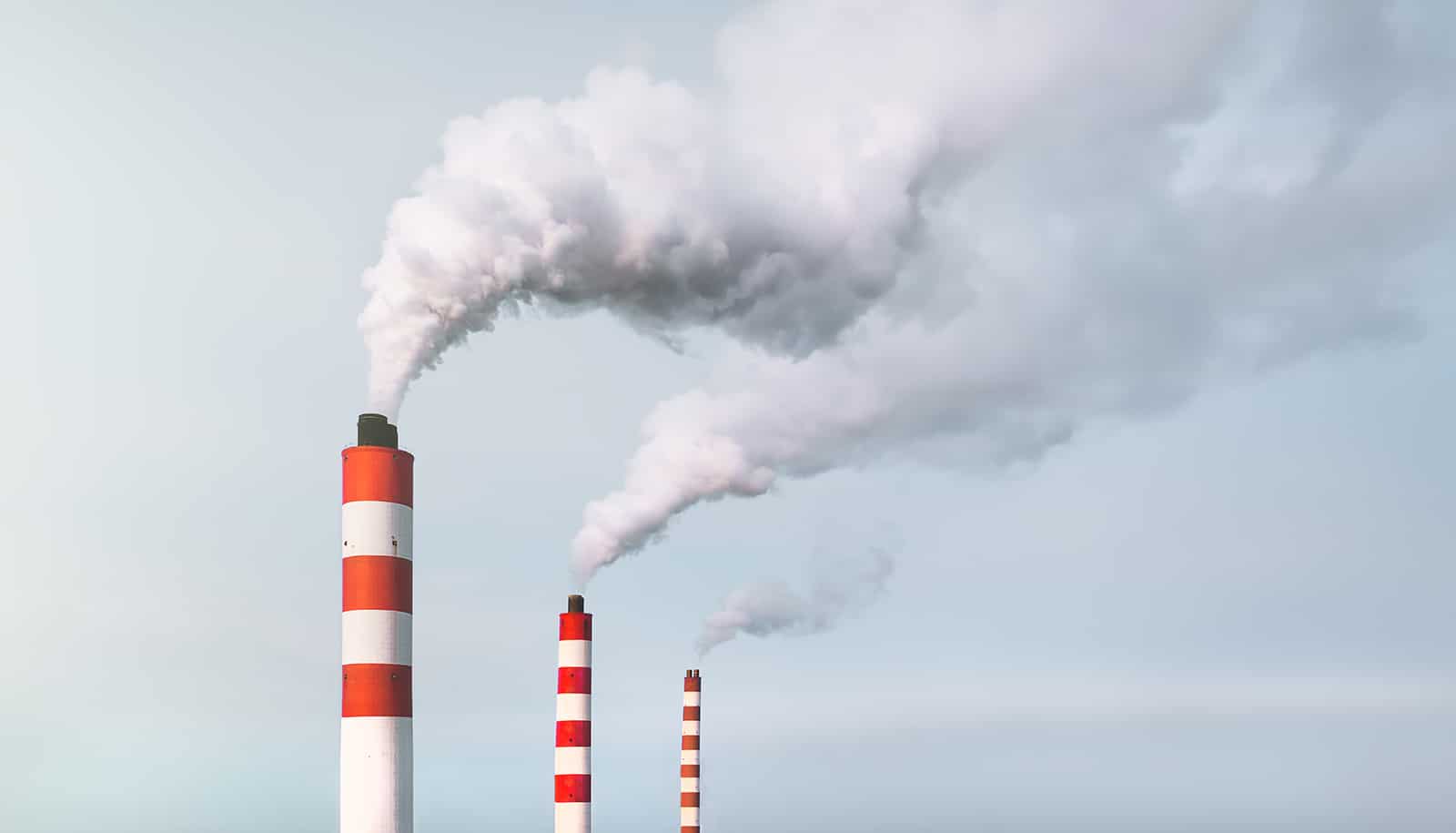A new study suggests that while wildfires in the US will become more frequent overall, changes will not be straightforward and uniform—some areas may even see a decrease.
Scientists have long believed that wildfires would become more frequent as global temperatures rise, but comparatively few studies have forecast fire behavior by region.
Using climate projections of future temperature and precipitation, researchers have been able to predict the frequency of fires for several locations. The specificity of the data allows researchers to map it across the US, which will provide a valuable resource for both policymakers and residents.
“Our projections allow us to see where climate conditions will impact wildfires the most or the least, and this is valuable information for anyone living or working in an area that will be seeing changes,” says Michael Stambaugh, associate research professor of forestry at the University of Missouri’s School of Natural Resources.
As reported in Climatic Change, researchers studied a region in the south central US covering 53 different ecological sections. The variety within the region allowed them to study a cross section of various types of climates and environments. The researchers used data from climate projections of temperature and precipitation to determine the likelihood of fire in each ecological section.
The findings show that while wildfires will increase across the majority of the south central US, some places—such as deserts or areas becoming more desert-like—will actually see fewer fires or no change at all.
How wildfire smoke affects the atmosphere and climate
The degree of changes will vary depending on the area, with the largest increases in future wildfire frequency found at high elevations such as the Rocky Mountains. Decreases in fires are expected in areas projected to become more arid, as grass and other fuels would be less plentiful. Conversely, desert-like areas receiving more precipitation will likely produce more fuels for wildfires.
One of the strengths of the research, Stambaugh says, is its inclusion of robust data at both ends of the timeline: It takes into account data going back centuries, drawn in part from studies of fire damage and tree rings that allowed researchers to develop records of past fire frequency, but it also incorporates new climate change information.
“As temperatures rise, many will assume wildfires will increase across the board, but our fire model gives us practical information about where that is true and where it isn’t,” Stambaugh says. “This is important because, as the study shows, climate effects on fire frequency aren’t straightforward.
Sooty specks from wildfires raise air pollution
“In Texas, the potential for wildfire is very different than in Missouri, so you have to look at these areas on a case-by-case basis. This sort of localized accuracy is vital to everyone from legislators to homeowners, as the more certainty we have about how wildfires will behave in the future, the better prepared and informed we can be.”
The US Geological Survey funded the work.
Source: University of Missouri



